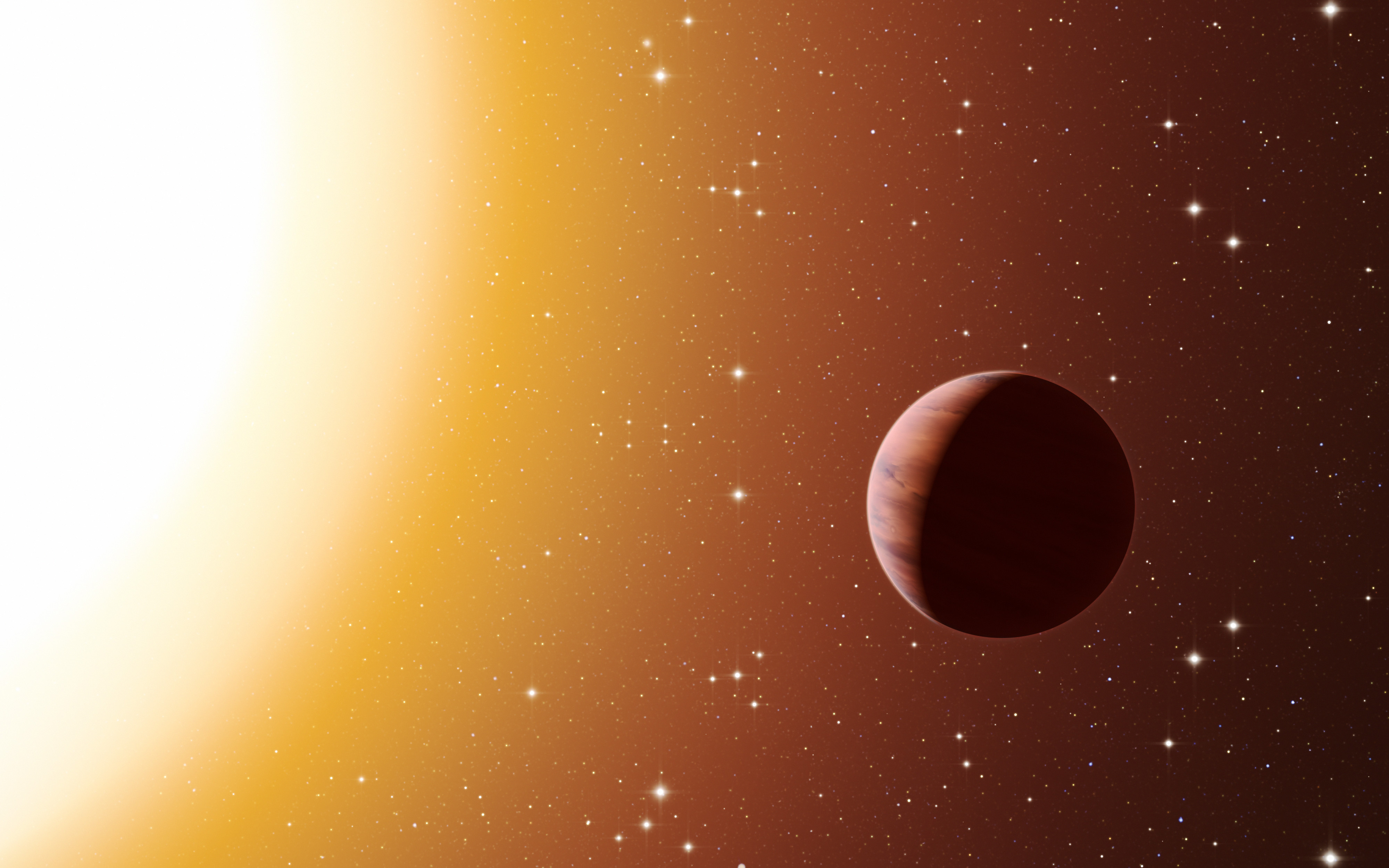The exoplanet WASP-121b is a hot Jupiter and was actually discovered in 2015 at a distance of 855 light-years and is in a tidally locked rotation to its host star.
Researchers led by Thomas Mikal-Evans from the Max Planck Institute for Astronomy (MPIA) in Heidelberg have published new observations of the exoplanet: For the first time, the team has succeeded in observing the complete water cycle of an exoplanet. The Hubble Space Telescope observed two complete rotations of WASP-121b.
“It’s exciting to study planets like WASP-121 b, which are very different from those in our solar system, because they allow us to learn how atmospheres behave under extreme conditions,” says co-author Joanna Barstow of the Open University in Milton Keynes, United Kingdom. And indeed, WASP-121b is an extreme planet: While the side facing the star is blazing hot, the other side, looking toward space, is much colder. On the night side of the exoplanet, the temperature drops by about 1500 degrees Celsius.
Instead of water clouds, however, there are mainly clouds of metals such as iron, magnesium, chromium and vanadium on the exoplanet WASP-121b.
On the day side, these metals have been detected in gaseous form; on the night side, according to the “Hubble” data, temperatures drop to the point where the metals can condense into clouds. These clouds are carried by the winds from west to east: a cycle is created. The spectral data the researchers are working with also show that droplets of minerals such as corundum – the mineral that makes up rubies and sapphires. “So on the night side of WASP-121b, it could be raining liquid gemstones,” according to a news release from the Max Planck Institute for Astronomy.
Read more about here.

